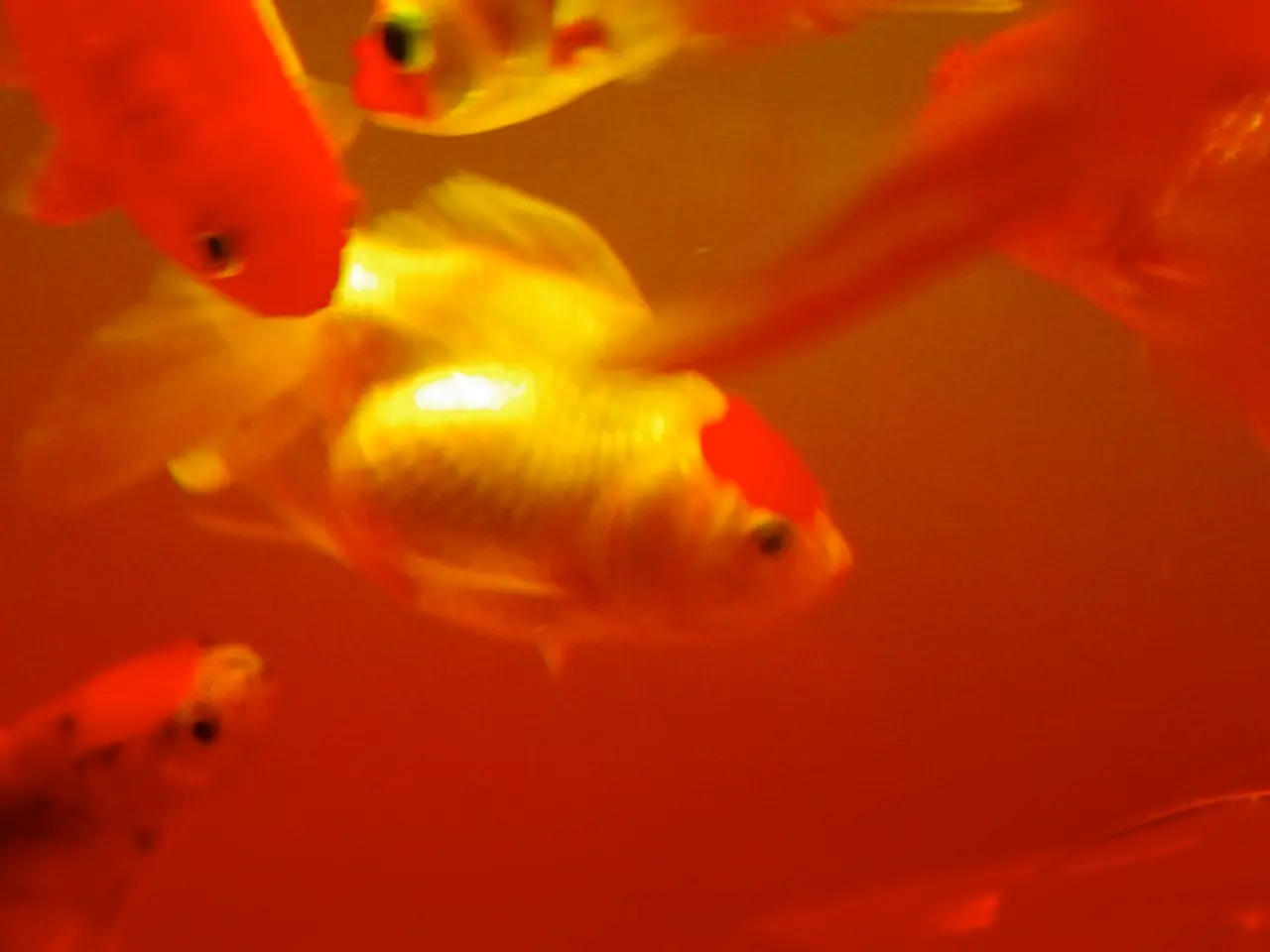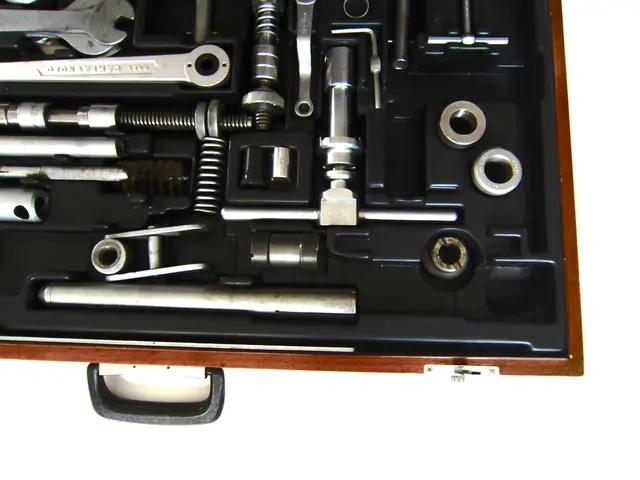Unraveling the Genealogy of Koi Fish: Transformation from Common Carp into Vibrant Sculptures
The transformation of ordinary common carp into the vibrant and admired koi fish is a testament to human ingenuity, cultural appreciation, and scientific advancements. This fascinating journey spans over two millennia, starting from the Amur River basin and spreading across East Asia.
### Genetic Divergence
Koi are domesticated forms of the Amur carp (Cyprinus rubrofuscus), historically considered a subspecies (C. carpio haematopterus) of the common carp (Cyprinus carpio). Through selective breeding for colour mutations and patterns, koi have evolved into a species with a stunning array of colours that far outshines their wild counterparts. Hybridization between traditional koi and wild carp strains has also contributed to the development of new physical traits, as seen in the emergence of Ghost Koi in the 1980s.
### Cultural Appreciation
The transformation from a utilitarian fish to a high-value ornamental species is deeply rooted in East Asian culture, particularly in Japan where koi breeding became an art form in the early 19th century. Koi are not just appreciated for their vibrant colours, but also for the symbolic meanings associated with perseverance and luck. This cultural significance has led to extensive selective breeding practices that have influenced the genetic pool of koi over generations.
### Modern Breeding Techniques
Modern koi breeding combines scientific understanding of genetics with traditional knowledge. Breeders carefully select parent fish based on specific desirable traits such as colour intensity, pattern clarity, body shape, and overall health. Techniques include controlled cross-breeding, use of lineage records to maintain and improve quality, and sometimes hybridization with wild carp to introduce new genetic diversity or vigour.
Advances in fishery management and nutrition have also supported the health and colouration of koi. Evolving fish food formulas are designed to optimise growth and pigment development. DNA fingerprinting helps maintain accurate breeding records and prevents inbreeding depression. Genetic preservation efforts include maintaining breeding records, preserving sperm and eggs through cryogenic storage, and documenting the histories of important bloodlines.
### The Future of Koi Breeding
Emerging technologies like CRISPR gene editing and advanced genomic sequencing are opening new possibilities for koi breeding. These technologies could potentially allow for more precise control over the traits passed down from generation to generation, leading to even more diverse and beautiful koi varieties.
The evolution of common carp into koi represents one of humanity's most successful collaborations with nature. From the early days of selective breeding in China to the refined art form of koi breeding in Japan, and now with the aid of modern science, the pursuit of perfection in koi continues to captivate people around the world.
- The genetic divergence between traditional koi and wild carp strains, achieved through selective breeding for color mutations and patterns, is a significant example of evolution in biology research.
- Conservation efforts in the field of koi breeding involve the use of sustainability practices, such as DNA fingerprinting to prevent inbreeding depression and maintain breeding records, ensuring the longevity of this ornamental species.
- In the realm of education-and-self-development, the transformation of common carp into koi demonstrates the impact of human ingenuity, cultural appreciation, and scientific advancements, serving as a compelling case study in the intersection of art, science, and history.
- The fusion of traditional koi breeding knowledge and artificial intelligence, particularly with the advent of technologies like CRISPR gene editing and advanced genomic sequencing, promises a future filled with endless possibilities for the development of new and vibrant koi varieties in the field of science.




